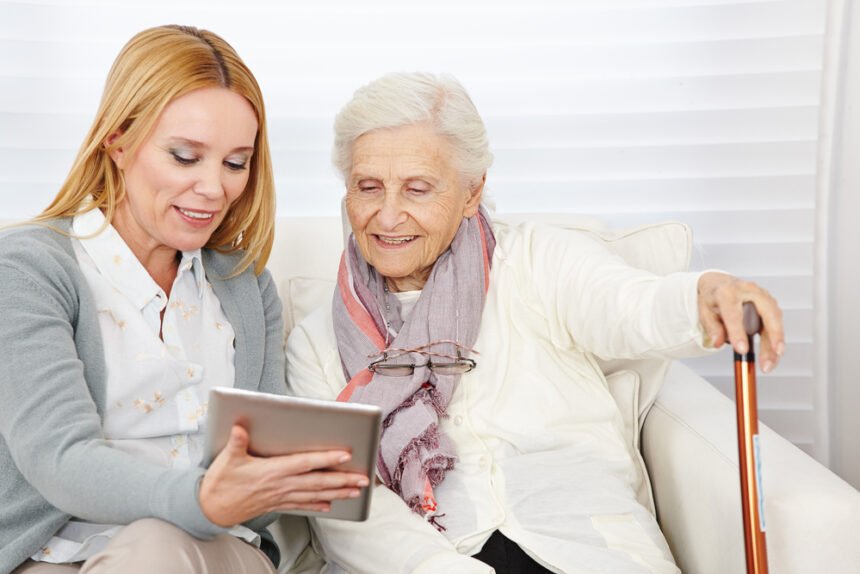If there’s one thing the CoViD-19 pandemic has proven, it’s the fact that there is a greater need to protect senior populations. And considering the fact that a large bulk of baby boomers are retiring this year, it has become more essential than ever to invest in senior care technology.
No doubt, as countries slowly come out of quarantine, a lot more space for innovation is opening up as healthcare systems realize the value of long-term care.
Sure enough, new innovations are making their way to the mainstream and will soon define the future of senior care.
The rise of senior living options
Market experts in the real estate industry remain optimistic because the demand for senior care facilities is still growing in spite of the ongoing pandemic. While the active living and cohousing niches have experienced the brunt of the pandemic’s impact on real estate markets, recovery is still very much possible.
Operators will only need to comply with social distancing policies, procure protective equipment and tools for staff, and invest in technology that provides higher levels of care. This would mean higher costs in the long run, but so long as there is a considerable demand for specific senior living facilities, operators are guaranteed stable revenue.
The stay-in-place model takes centerstage
But considering the continuing threat of CoViD-19 (and the apparent lack of a vaccine to fight it), seniors may have to look for alternative ways of transitioning to retirement. No doubt, there is greater assurance of security and transparency when seniors live close to their families. In fact, there are families who would prefer letting their elders stay where they are and hiring in-house senior care services instead.
These services involve running personal errands and nursing, making them a safer option for vulnerable seniors. If you need to learn more about in-home senior care, you can check out www.huskyseniorcare.com.
All eyes on The Village Model
Aside from senior living facilities, another trend is being made known in the midst of the CoViD-19 pandemic. The Village Model, a concept that started in California, has offered another doable option for retirees who want to “age in place”. It basically involves linking different communities together to form a larger community that is run by volunteers offering a wide range of services. These are ideal for seniors who would rather build new relationships in one place instead of transferring to a common facility.
There were 300 of these villages in 2017 and it was expected that the concept itself would spread to other states. With the onset of the CoViD-19 pandemic, however, village organizers may have to address a growing need for high-end care as seniors remain highly vulnerable to the virus. If villages are refined further, the concept will definitely take off.
Non-contact care becomes a norm
The pandemic has caught the world off-guard. Experts have been warning that a health emergency at this scale was possible and now that it has infected more than three million people worldwide, healthcare systems will have to introduce policies and technology that aim to limit physical contact, especially when it comes to meeting the needs of seniors.
One trend that has taken greater importance right now is the need for non-contact care. As doctors and nurses provide higher levels of care to the elderly, they have to do so without endangering themselves or exposing their patients to infection. There are ways that this could be possible. Wearable technology is one way for attending physicians to check for vitals without having to appear personally before their patients. They can also use telehealth solutions that allow them to communicate with seniors living in facilities.
But perhaps the most important innovation in non-contact care comes in the form of “healthbots.” These are robots that can do a wide range of tasks for the elderly such as delivering meals, housekeeping, and setting up reminders for taking medication, thereby replacing human workers who could easily succumb to infection. So long as a vaccine for CoViD-19 remains in development, the non-contact care will have a place in hospitals, nursing homes, assisted living communities, and even households in the months to come.
Apps become widespread
Along with other types of technology, senior care can also be supported with apps that caregivers and seniors themselves can use for various purposes. For instance, the Carezone app can help caregivers organize tasks while Elder 411 provides resources that come in handy for any particular situation.
Such apps have existed before the CoViD-19 pandemic. And without a doubt, these will see widespread application even as countries recover from the crisis.
The senior care industry is undergoing a major disruption, driven mostly by technology. We can only see improvement from this point on, but the application of new methods of senior care will still depend mostly on the willingness for healthcare systems to act. At this point, we will see considerable action coming from those that want to make a difference.

